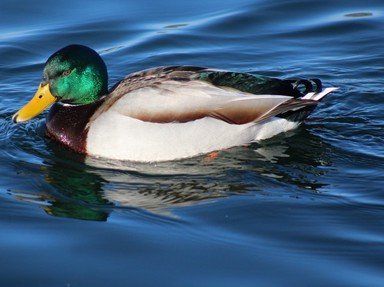Quiz Answer Key and Fun Facts
1. This British breed is sometimes called the tuxedo duck. Its official name is which of these, related to its colouring?
2. Despite its name, which duck was developed in the USA and farmed primarily for its meat?
3. This crested duck resembles the Indian runner duck with a crown. It is mostly associated with which Asian island?
4. The Cayuga duck was developed in the USA and derives its name from there. In which state did it originate?
5. Hailing from South America originally, rather than Russia, which of these is the only domestic duck which does not owe its heritage to the mallard?
6. The small version of the silver Appleyard duck is described by which name in the UK, to reflect its size?
7. Called the Aylesbury after the town in which it was bred in the eighteenth century, in which country did this duck originate?
8. This domestic duck closely resembles the mallard from which it was developed. It is named for which French city?
9. With their name deriving from their colouring, the ducks pictured are which breed?
10. Named for the distinctive shape of the beak, the hookbill duck was developed in which European country?
Source: Author
rossian
This quiz was reviewed by FunTrivia editor
agony before going online.
Any errors found in FunTrivia content are routinely corrected through our feedback system.
